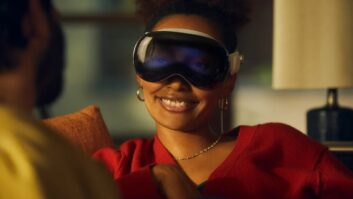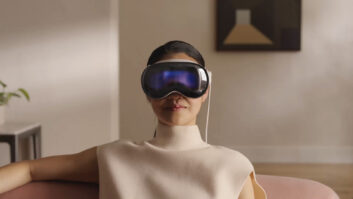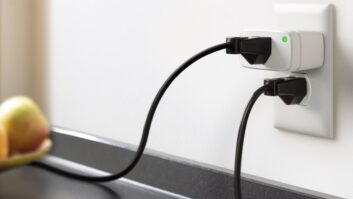Stephen Baker, Vice President, Industry Analysis
NPD has released the second in its series of iPad surveys. While the first looked at buying intentions prior to the launch this one is more focused on what the current ownership looks like and how those owners are using their iPad. In conjunction with the press release we thought we would add some color around the iPad experience, bypassing some of the more contentious product based discussions out there. The survey provided some in-depth information on all aspects of the iPad, but today we are going to look at two distinct areas. First, is what owners like and dislike about their iPads, and second is how consumers are using their iPad.
As part of this work we divided the owners into early adopters, those who bought their iPad within two months of launch, and those who bought it since that period (the survey was conducted in August). There is a lot of satisfaction among those two users groups.
Almost 80 percent of early adopters were very satisfied with their iPad versus 65 percent of those who bought it after launch. What makes those numbers so intriguing is that they feed into some very interesting usage numbers. Early adopters are now using their iPads for more than 18 hours/week, and for almost one-third of them that time is increasing. Clearly early adopters love their iPads and are finding increased opportunities to use them. Overall, as one might expect, the top three things consumers are doing with their iPads during that time are surfing the web, doing email, and playing games (and this is precisely why these devices pose a long-term threat to the notebook/netbook/handheld market).
But there are nuances within the different consumers that make the demise of other devices not quite as inevitable. For example, while those standard activities are done in similar proportion among initial buyers and latecomers, the initial buyers are much more likely to be interacting with more advanced multimedia features than their late buying counterparts. Early adopters were 44 percent more likely to watch YouTube videos, 50 percent more likely to watch movies, 60 percent more likely to watch TV shows, and 38 percent more likely to be reading e-books. That type of iPad usage behavior is a dagger at the heart of the usage model for netbooks and secondary notebook computers. Watching video on a device like this has always been a personal activity, and since 20 percent of users’ time with the iPad was spent with it in bed, only slightly less than the 25 percent of time consumers spent with their iPad in a stationary surface mode, it is obvious that the iPad form factor makes people feel warm and cuddly.
As we said, consumers are very satisfied with their iPads but like any first generation device there is bound to be some dissatisfaction with the design choices made. Topping that list is the lack of USB ports, which 51 percent of all users cited as their number one reason for dissatisfaction. Lack of an easy printing solution and mutli-tasking capabilities followed closely behind. Of course, Apple is addressing both of those issues with the next iOS upgrade for the iPad which will bring multitasking to the device as well as Airprint capabilities to enable easier printing solutions.
So what did Apple include that iPad owners said they could do without? In a true tech savvy display of angst more than 60 percent of owners could name a feature on the iPad that they didn’t really need even though the vast majority of them are very satisfied with their purchase. While no one issue stuck out specifically all of the top complaints revolved around core capabilities involving the devices ability to consume multimedia, whether it be reading e-books, watching movies or TV shows, looking at pictures.. While this is a fascinating display of personalizing the device, (”I don’t use this, why is this here syndrome”), what is more interesting is that the first specifically hardware based characteristic that people felt they could live without ranked seven on the list of unnecessary features. It appears then that given these complaints about what is in the device and what is not, Apple made some very good choices and compromises about what hardware features to provide in the first generation of the iPad.
Finally, we want to leave with a quick compendium of what owners loved about their iPads. Again these reflect the nature of the device and the choices Apple made in developing the first generation iPad. Topping peoples favorites list was the portability of the device (which is also clearly related to form factor and weight), next was the ease of Wi-Fi connectivity (not so much love for 3G) and then e-book capabilities and the versatility that the wide variety of available apps offered them. While lots of choices and compromises go into the development of any product, especially something as different as the iPad, these results indicate that most consumers are satisfied with their purchase and are increasingly finding ways to interact with their iPad.
To read more NPD blogs please click here.













